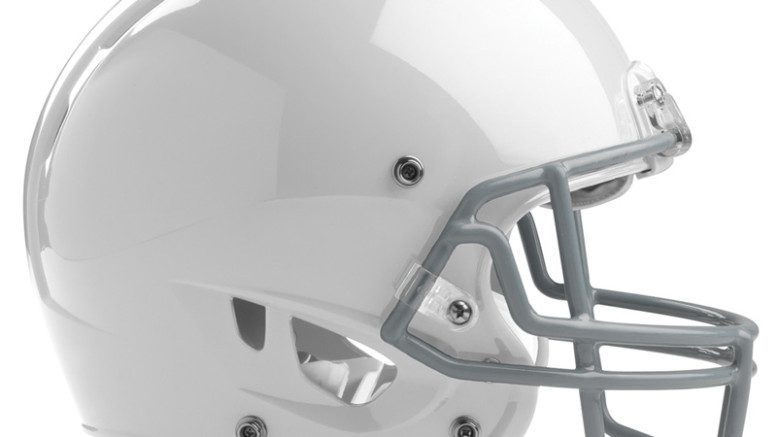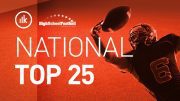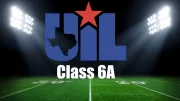The Colorado School of Public Health at the University of Colorado says that “despite prices, promises and even ratings systems, all helmets approved for high school football players appear to offer similar protection against concussion.”
That statement is part of a news release issued by the school upon the completion of a five-year study that examined how helmets performed during on-field testing, rather than with laboratory impact testing. According to the news release, the study also found that older, reconditioned helmets performed similarly to new helmets as long as the reconditioning was done in a timely manner.
“All of the approved helmets evaluated in our study performed similarly,” said Dawn Comstock, PhD, senior author of the study and associate professor of epidemiology at the Program for Injury Prevention, Education and Research (PIPER) at the Colorado School of Public Health. “Increased cost does not necessarily translate to improved safety.”
Here is the complete news release:
High school football helmets offer similar protections despite different prices
CU Anschutz researcher says parents should know how to ensure children have safe football helmets
AURORA, Colo. (Feb. 24, 2016) – Despite prices, promises and even ratings systems, all helmets approved for high school football players appear to offer similar protection against concussion, according to a new study from the Colorado School of Public Health at the University of Colorado Anschutz Medical Campus.
“All of the approved helmets evaluated in our study performed similarly,” said Dawn Comstock, PhD, senior author of the study and associate professor of epidemiology at the Program for Injury Prevention, Education and Research (PIPER) at the Colorado School of Public Health. “Increased cost does not necessarily translate to improved safety.”
The study, the first national football concussion research evaluating how helmets performed when worn by young athletes playing the game rather than how helmets performed in laboratory impact testing, also found that older, reconditioned helmets performed similarly to new helmets as long as the reconditioning was done in a timely manner.
The researchers examined high school football concussion and helmet data collected from 2008-2009 through 2012-2013 as part of the National High School Sports-Related Injury Surveillance System, High School RIO (Reporting Information Online), directed by Comstock.
They found that participating schools reported 2,900 football concussions per 3,528,790 `athletic exposures’ (AE) or one athlete participating in one practice or competition. That came out to an overall rate of 8.2 concussions per 10,000 AEs.
When comparing concussions sustained by athletes wearing different helmets, the researchers found the average number of concussion symptoms, symptom resolution time and time until the injured athlete was released to return to play were similar among football players wearing the most common make and model of helmet.
Helmets that were not new but which had been reconditioned within the 12 months prior to use, performed similarly to new helmets. But players wearing old helmets which had not been recently reconditioned suffered longer concussion symptoms than those wearing new helmets.
The data indicated that helmet rating scales may be somewhat misleading to parents or schools considering helmet purchases as higher ratings based on laboratory testing did not necessarily correlate to increased protection “on the field” for high school football players.
“We found helmets with high ratings performed similarly to helmets with lower ratings,” Comstock said. “At the same time, the most expensive helmet did not appear to provide significantly increased protection compared to less expensive helmets.”
The study found that as long as the helmets had a NOCSAE or National Operating Committee on Standards for Athletic Equipment seal, a National Federation of State High School Association requirement for high school football, they provided similar protection.
Comstock said parents can play an active role in ensuring that the football helmets worn by their children are safe by asking how long it has been since a helmet issued to their child has been reconditioned. Parents should insist that their schools are following the reconditioning guidelines of manufacturers.
“Many parents don’t think to ask if the helmet issued to their child is new or previously used or, if not new, when it was last reconditioned,” Comstock said. “Parents should be asking questions and not assuming that the helmet assigned to their child is safe.”
The study was published online this week in the American Journal of Sports Medicine.







